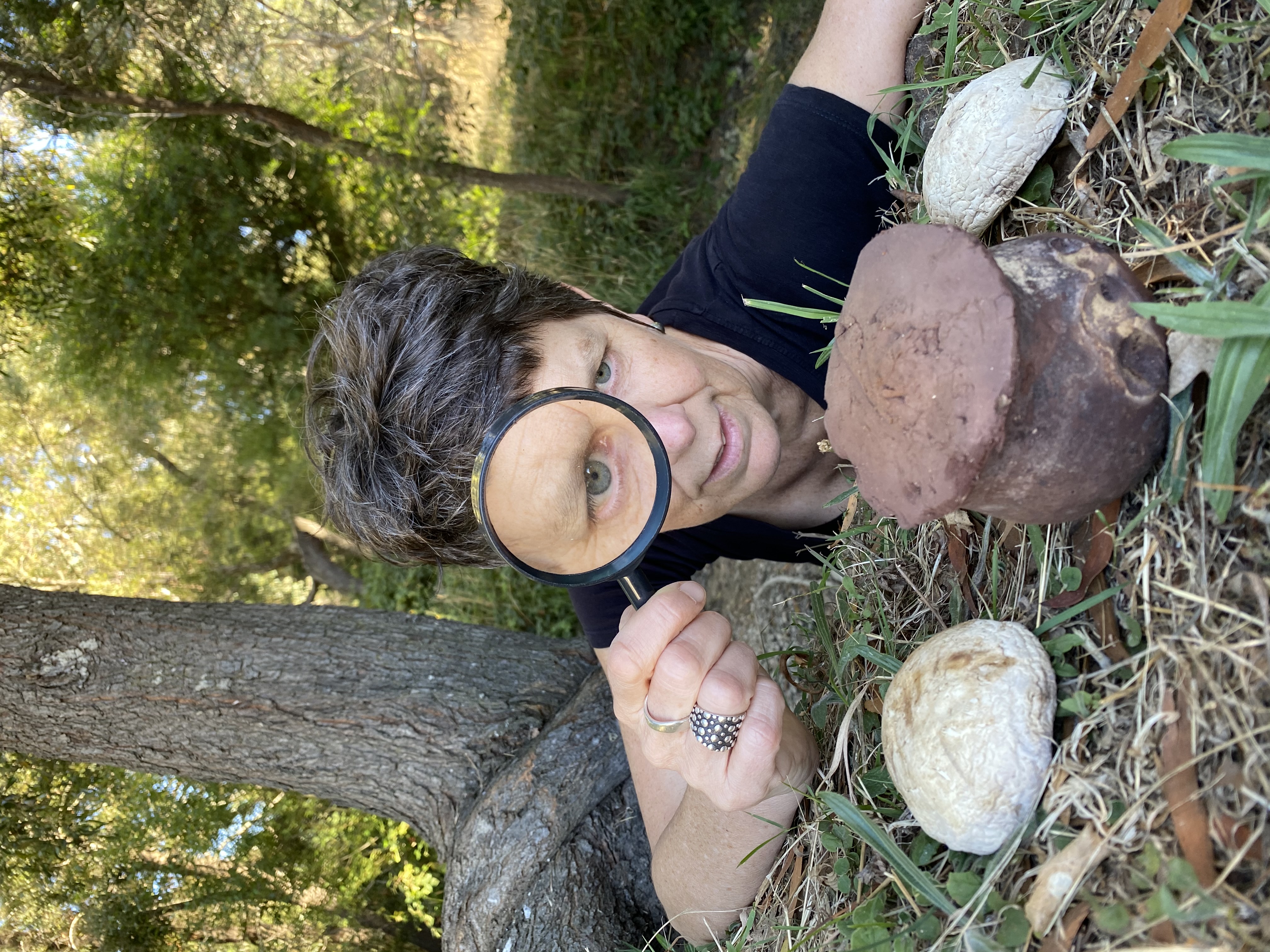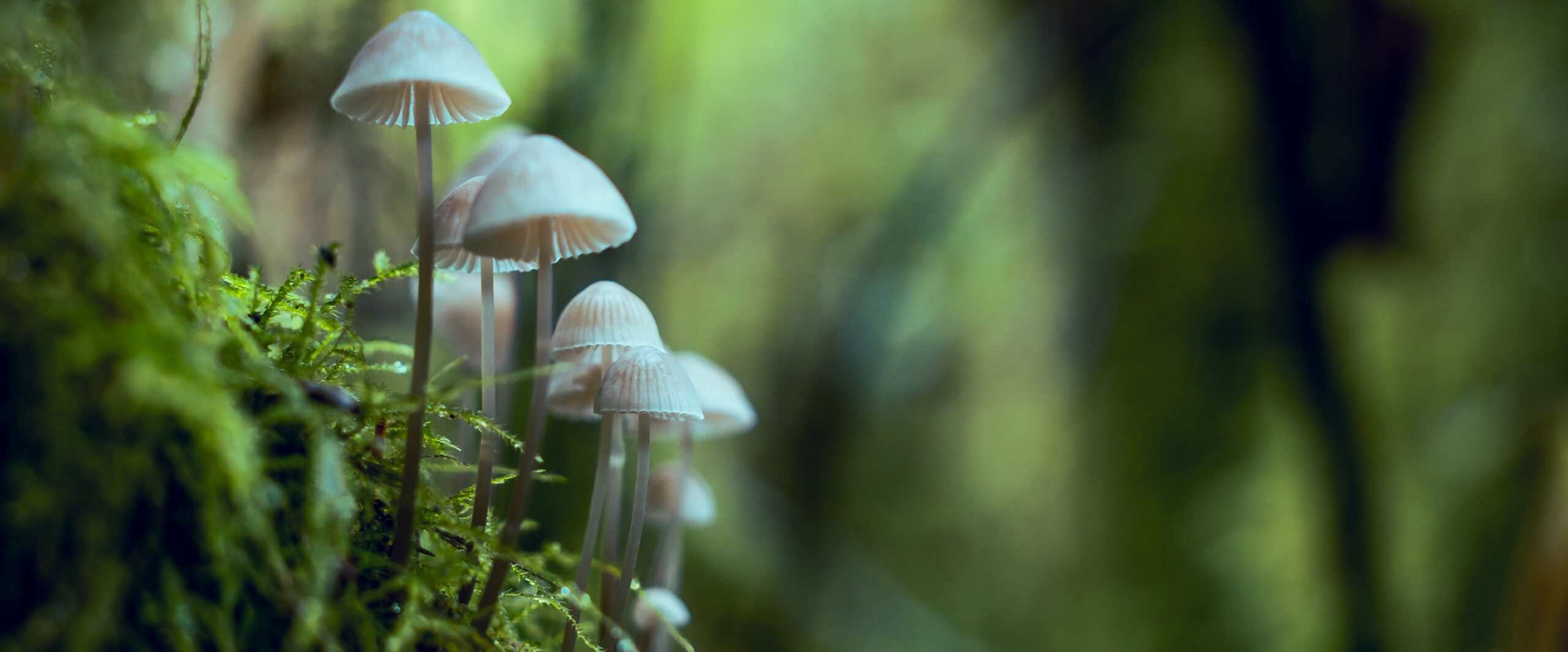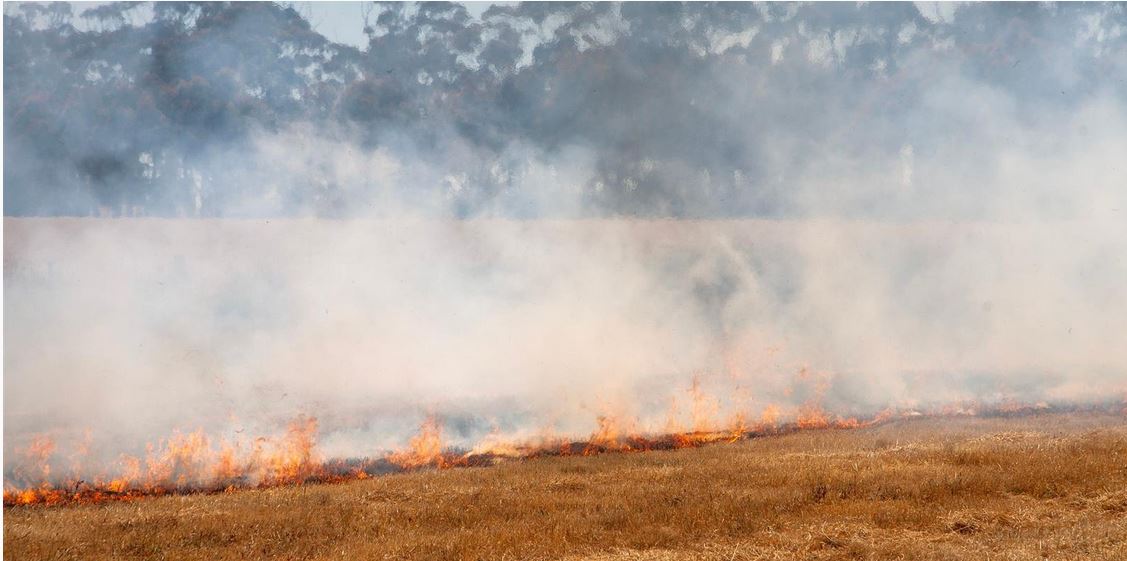June 8th, 2022Mushroom magic
CURRY Punk and Jelly Brain. Sound like punk rockers? They’re mushrooms.
The first is a native Australian that grows on dead eucalypts and is pretty widely spread through the region. Up close it smells curry-like or of fenugreek.
Jelly Brain, a stunningly beautiful jelly fungus grows on old logs, appears in many different forms and shapes but usually in lovely overlapping lobes and looks amazing with light filtering through it.

These insights are from Alison Pouliot, a natural historian and environmental photographer, who moves between Central Victoria and Switzerland teaching about mushrooms.
To her, fungi provide architecture in soil, recycle organic matter, mediate energy cycles, filter water, transmit nutrients and connect ecosystems.
“They do a lot of stuff,” she explains. “They’re not just lying around in the bush. Without fungi, organic matter wouldn’t be recycled, plants couldn’t access nutrients and water as efficiently, ecosystems would essentially flounder.
“What’s challenging for people is that most of these vital processes happen out of sight, within the subterrain, so they’re often unaware of them. But this is changing. The groundswell of interest in and understanding of fungi in just the last few years has been both astonishing and encouraging.”
From early childhood she thought they were stunningly beautiful and bizarre organisms. She wanted to know what they were doing. “So that took me down the path of science to try and understand them.”
This meant a “life-long pursuit of time in the bush noticing, observing, trying to work them, documenting them. It’s all a pretty good excuse really to spend as much time as possible in incredible places with amazing organisms”.
She says that as an ecologist she is interested in connections, relationships and trying to understand how ecosystems work. “I’m a freshwater scientist by training, but as an ecologist, you can never look at anything in isolation. I’ve always been interested in ‘edges’ and ‘margins’ and ‘interface environments’, such as riparian habitats, intertidal zones and the soil-subsoil interface.
“These are the most dynamic parts of habitats, where the really interesting stuff is happening.”
Intriguingly, fungi occupy these marginal environments but also the margins of our thinking. “My work bridges both aquatic and terrestrial environments but certainly researching, photographing, writing and teaching about fungi have been a pretty big focus in the last couple of decades.”
Perhaps the most satisfying aspect of her work is the sense of discovery, the privilege of being in diverse and inspiring places, and seeing the shift in people’s thinking from long histories of misunderstanding about fungi to recognising them as vitally important organisms. Part of this change in thinking comes from her books, the third of which is about to be published.
She first went to Switzerland to photograph alpacas and returns because it is advanced in knowledge of fungi.
On the flip side is her distaste for what is happening here. “I’ve got no idea what the (Hepburn) Shire is doing, but the endless ecocide (destruction of the natural environment) within the shire’s boundaries continues, as we’ve seen with VicForests’ relentless and criminal destruction of the Wombat Forest.
“I’ve worked with many governments over the years but I’ve also seen systemic failure at all levels of government to protect and conserve Australia’s natural environments.”
Now most of her focus is on private land, where she sees the best examples of genuine habitat protection.
Australia and the US are among 18 nations with most of the Earth’s fungi species. How many? She doesn’t know.
“I doubt anyone knows, they’re all essentially modelled estimates. But rather than counting what species we’ve still got, focusing on habitat protection and slowing the rate of species loss is probably more urgent.”
Words: Kevin Childs | Fungi images: Alison Pouliot
Main image: Kyle Barnes










